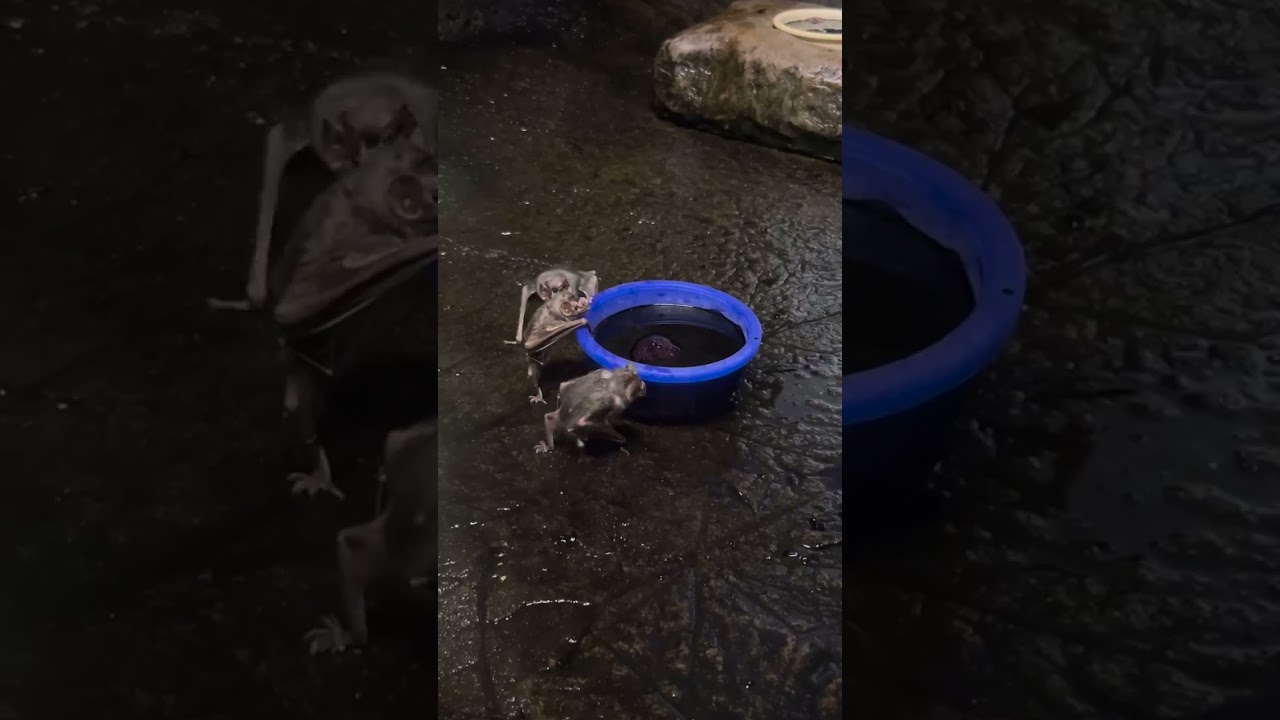Summary:
1. Introduction to vampire bats and their unique feeding behavior.
2. Physical characteristics and adaptations of vampire bats.
3. Vampire bats’ social structure and communication methods.
4. Vampire bats’ importance in ecosystems and their impact on human health.
5. Conservation efforts and the need for understanding and protecting vampire bats.
It’s the time of year for vampires! But instead of the mythical creatures that haunt our nightmares, let’s dive into the fascinating world of vampire bats. Contrary to popular belief, vampire bats don’t suck blood like the vampires of folklore. Instead, they employ a more interesting and intricate technique to satisfy their dietary needs.
The first thing you should know about vampire bats is that they are among the few mammals that feed exclusively on blood. They have evolved into specialized blood feeders, with their diet solely consisting of blood from various animals, such as cattle, horses, and even humans. But how do they get this blood without harming their prey?
Vampire bats possess incredibly sharp front teeth, honed to pierce the skin of their victims. Unlike mosquitoes or leeches, they don’t possess a sucking mechanism. Instead, they make a tiny incision in the animal’s skin and, using their long tongues, they lap up the freely flowing blood. This process is much more efficient than trying to suck blood through the small puncture wound.
What makes vampire bats even more fascinating is the presence of certain chemicals in their saliva that prevent the blood from clotting. This amazing adaptation allows the blood to continue flowing until the bat has had its fill, generally less than an ounce. Once they have fed, vampire bats return to their roosting areas and regurgitate a portion of the blood to feed other members of their colony who have been less successful in finding a meal. It’s a unique system of sharing that showcases their social behavior.
Regarding social behavior, vampire bats are highly gregarious creatures living in large colonies comprising hundreds or thousands of individuals. They have a complex social structure, with dominant individuals gaining privileged access to food. To maintain these social bonds, vampire bats use various communication methods, including vocalizations, scent marking, and grooming. This strong social structure ensures the survival and success of the colony as a whole.
While vampire bats may seem like creatures best avoided, they play an essential role in their ecosystems. As blood feeders, they help control populations of animals such as cows and horses, preventing the spread of diseases. Additionally, their saliva contains anticoagulants that are being studied for potential use in medical treatments. Understanding and appreciating the ecological importance of vampire bats is crucial for their conservation.
Unfortunately, vampire bats face various challenges, including habitat loss and human persecution due to misplaced fears. It is important to dispel myths and educate people about the vital role these bats play in maintaining the balance of our ecosystems. Efforts are being made to protect and conserve vampire bat populations, but more research and public awareness are needed.
In conclusion, vampire bats are undoubtedly unique and fascinating creatures. Their specialized feeding behavior, social structure, and ecosystem importance make them worthy of our interest and respect. By promoting the understanding and conservation of these remarkable bats, we can ensure their continued survival and the maintenance of healthy ecosystems for generations to come. So, this vampire season, let’s celebrate the real-life blood-feeders and embrace the wonders of nature’s intricate tapestry.
*****
Source Description
It’s the time of year for vampires! Vampire bats, that is! It is a common misconception that vampire bats suck blood. They cut a tiny slit in an animal’s skin with their razor-sharp front teeth and lap up the blood. Chemicals in the bat’s saliva prevent clotting, so the blood flows freely until it has had its fill, which is generally less than an ounce.
http://support.cincinnatizoo.org/donate
Subscribe: https://www.youtube.com/user/CincinnatiZooTube/featured
Facebook: https://www.facebook.com/cincinnatizoo/
Twitter: https://twitter.com/CincinnatiZoo
Instagram: https://www.instagram.com/cincinnatizoo/
Find out more at http://www.cincinnatizoo.org


